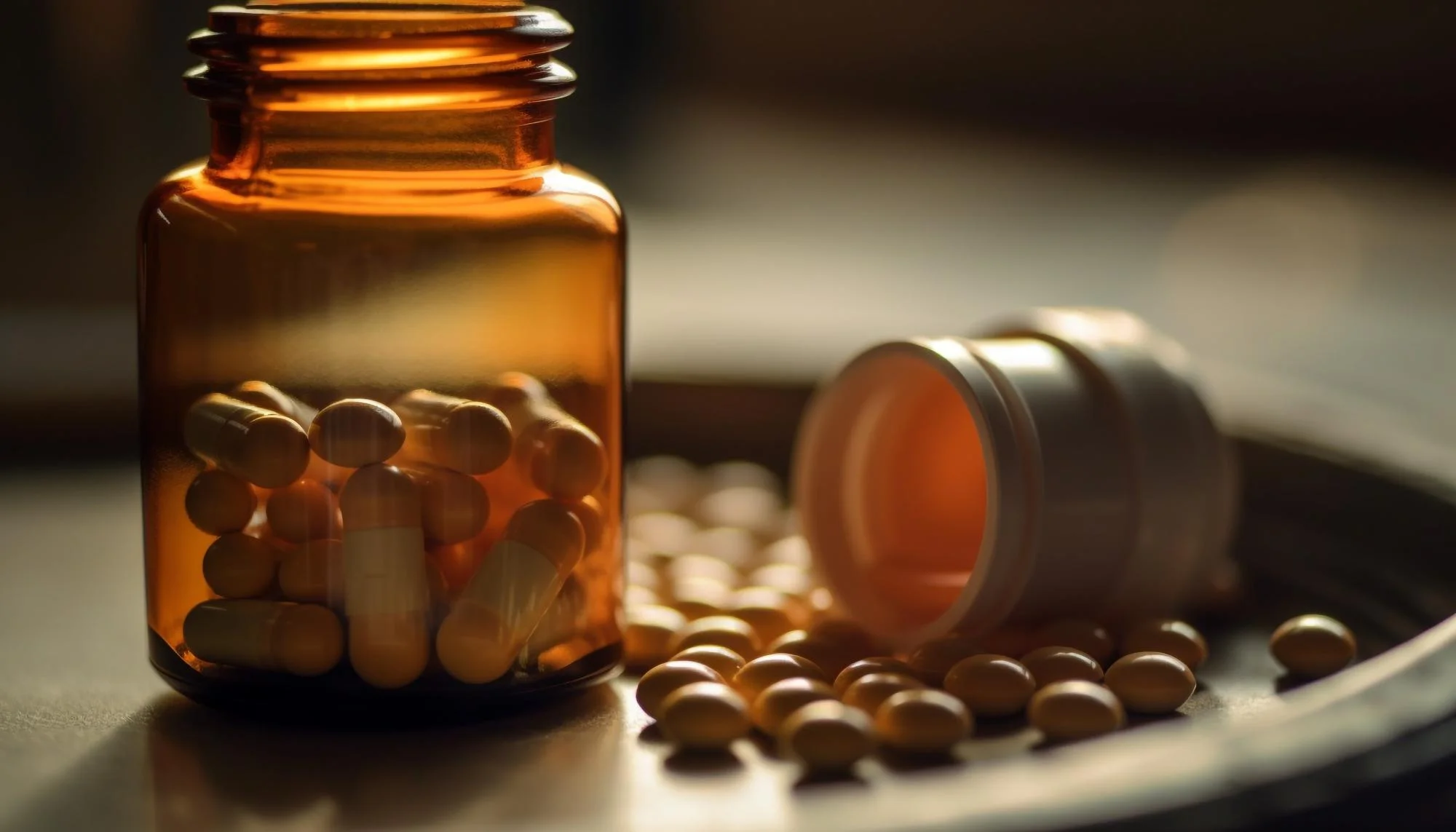DOI: 10.1186/s13098-019-0431-0
In a groundbreaking study, researchers from São Paulo State University have unlocked new synergistic effects of combining curcumin, a natural compound found in turmeric, with metformin, a widely prescribed antidiabetic drug. Their findings, published in the journal “Diabetology & Metabolic Syndrome,” reveal that this combination can significantly reduce blood sugar levels and improve lipid profiles in diabetic rats. These promising results suggest that this novel therapeutic approach could be beneficial for human patients dealing with diabetes and its cardiovascular complications.
Decreased Glycemia and Dyslipidemia
The study conducted by Roxo et al. (2019) indicates that the use of curcumin in conjunction with metformin has robust effects in reducing plasma levels of glucose and dyslipidemia-associated markers, such as triacylglycerol and cholesterol in diabetic rats. Their work aligns with earlier reports by Volpe et al. (2018) and Zheng et al. (2018), emphasizing the burden of hyperglycemia and its associated oxidative stress in diabetes complications. This research marks an innovative step in diabetes management by affirming the benefits of natural antioxidants alongside current pharmacological treatments.
Increased Paraoxonase Activity
Paraoxonase (PON1) is an enzyme associated with high-density lipoprotein (HDL) known for its antioxidative properties. Higher activity of PON1 is protective against oxidative stress, one of the detrimental factors in diabetes progression. The team observed increased PON1 activity in rats treated with the combination of curcumin and metformin, surpassing the effects of either treatment alone. This discovery provides insight into the multi-faceted role that curcumin and metformin play in maintaining oxidative stress at bay, thereby offering protection from diabetes-related damage, and highlights the work of Kohn et al. (1944) on foundational metabolic pathways.
Potential in Combating Diabetic Complications
The research underscores the therapeutic potential of curcumin and metformin in preventing cardiovascular events, major complications of diabetes mellitus. The study echoes findings by Lu et al. (2017) that curcumin can ameliorate diabetes-induced inflammation, and by Maugeri et al. (2018), who demonstrated curcumin’s ability to modulate cellular functions in diabetic retinopathy. Further, Kadam et al. (2018) reported curcumin’s potential in reversing endothelial cell dysfunction, providing additional support to the multifaceted benefits of curcumin in diabetic care.
The Role of Yogurt in Treatment Efficacy
Curiously, the combination of these agents was administered in yogurt, which may have contributed to improved bioavailability and patient adherence to treatment regimes. The choice of yogurt as a vehicle is innovative and brings forth practical implications for future dietary recommendations for diabetic patients. The findings pay homage to Gutierres et al. (2019) and Assis et al. (2017), who have previously explored the effects of curcumin when combined with various food matrices.
Future Implications and Human Trials
While the study offers hope for those suffering from diabetes, it is crucial to transition from animal models to human clinical trials to validate these findings. Researchers are eager to explore whether these promising results will translate into practical treatments for people living with diabetes. Further studies are also required to understand the mechanisms underpinning the synergistic effects observed by combining these agents.
Another intriguing aspect of this research is the potential reduction in medication doses without compromising therapeutic effectiveness. The idea of using supplements, such as curcumin, to enhance the impact of existing medications while possibly lowering dosage levels could revolutionize the treatment of chronic diseases by minimizing side effects.
References:
1. Roxo Daniela Fernandes DF et al. (2019) Curcumin combined with metformin decreases glycemia and dyslipidemia, and increases paraoxonase activity in diabetic rats. Diabetol Metab Syndr, 11:33. DOI: 10.1186/s13098-019-0431-0.
2. Volpe CMO, et al. (2018) Cellular death, reactive oxygen species (ROS) and diabetic complications. Cell Death Dis, 9(2):119. DOI: 10.1038/s41419-017-0135-z.
3. Zheng J, et al. (2018) Curcumin, a polyphenolic curcuminoid with its protective effects and molecular mechanisms in diabetes and diabetic cardiomyopathy. Front Pharmacol, 9:472. DOI: 10.3389/fphar.2018.00472.
4. Lu M, et al. (2017) Curcumin ameliorates diabetic nephropathy by suppressing NLRP3 inflammasome signaling. Biomed Res Int, 2017:1516985. PMC5282455.
5. Kadam S, et al. (2018) Curcumin reverses diabetes-induced endothelial progenitor cell dysfunction by enhancing MnSOD expression and activity in vitro and in vivo. J Tissue Eng Regen Med, 12(7):1594–1607. DOI: 10.1002/term.2684.
Keywords
1. Curcumin and Metformin for Diabetes
2. Natural Antioxidants in Diabetes Treatment
3. Paraoxonase Activity in Diabetic Rats
4. Synergistic Effects of Curcumin and Metformin
5. Diabetic Complications and Curcumin Benefits
